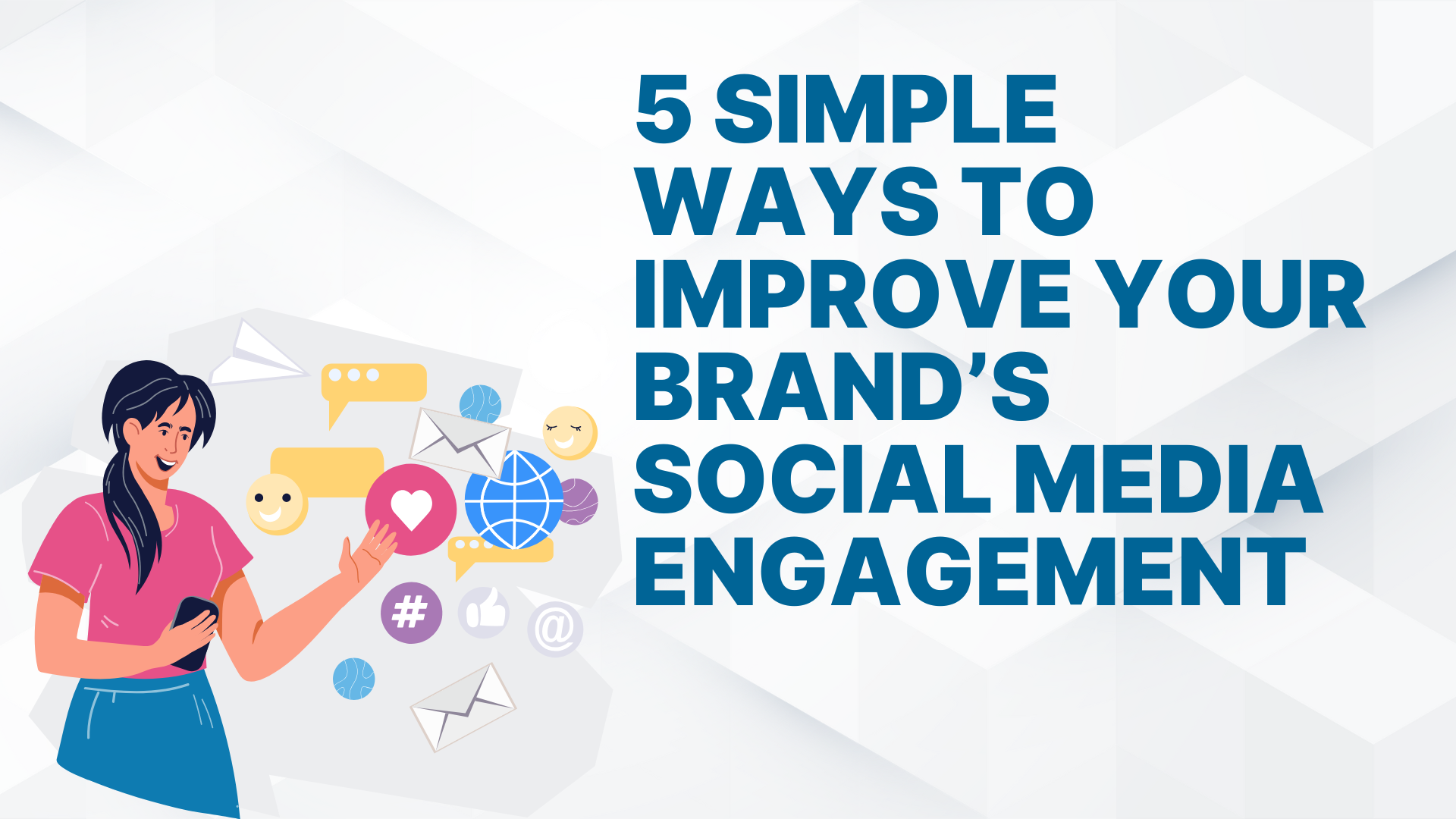What Is On-Page SEO, and How Does It Work?
The method of optimizing web page content for search engines and visitors is known as on-page SEO (sometimes known as "on-site SEO"). Title tags, content, internal links, and URLs are standard on-page SEO techniques.
This is distinct from off-page SEO, which focuses on signals that occur outside of your website (for example, backlinks).
On-page SEO is only half of the equation when it comes to attaining high SERP rankings. However, it takes a fraction of the time and is frequently overcomplicated by many in the sector.
Look no further if you want to learn SEO On-page Optimization for Google search engines. The on-page SEO techniques we're going to discuss with you today have been perfected over years of testing and data.
In comparison to some, we take a minimalist approach because, simply, the other stuff doesn't matter as much and offers marginal benefits. This Big Guide to On-Page Optimization covers everything you need to know about getting high ranks and nothing you don't.
Enough with the preamble; let's get down to business.
What Is the Significance of On-Page SEO?
On-page SEO is crucial since it informs Google all there is to know about your website and how you deliver value to users and consumers. It aids in the optimization of your site for both human eyes and searches engine bots.
It's not enough to just build and publish a website; you also need to optimize it for Google and other search engines in order to rank and attract new visitors.
The tweaks and improvements you make to optimize your website are apparent to visitors on your page (whereas off-page and technical SEO aspects aren't always accessible).
Every aspect of on-page SEO is entirely up to you, which is why it's so important to do it right.
The Core of On-Page Optimization
Without a question, the most significant aspect of our on-page SEO site advice is this one. If you remember nothing else from this guide, make sure you comprehend these ranking variables.
Getting your major keywords (and variations of those keywords) into your website's/pages accounts for 90% or more of on-page SEO:
* Domain
* Inner-page URLs
* Title Tag
* Heading Tags (H Tags)
* Meta Description
* Content Optimization for SEO
Getting your target keywords and keyword variations into these areas is a team effort, and we'll go over each step in detail in order of significance. The meta description, for example, is one of the most apparent places for search users to insert a target term (but it isn't the most crucial part on your site).
Over-optimization is something to be cautious of. This happens when you use the same keyword in all or most of these places (i.e. keyword stuffing). You can rank for more terms and prevent yourself from over-optimization by using variations of your keywords (i.e. similar search terms).
1. Domain
Although it isn't required to include your keywords in your domain name, having keywords or relevant keywords in your domain is the single most important aspect for on-page SEO. Keywords in your domain name provide Google a clear indication of what your site is about.
The exact match of an important keyword for your site is found in EMDs. They are incredibly effective and provide a significant ranking boost. With nothing more than some pillow links and a little patience, we've ranked low competition keywords (i.e. long tail keywords) with EMDs. Exact match domains, in other words, are exact replicas of a target search query or user's search intent (for example, "www.best-beginner-scuba-gear.com").
2. Inner-page URLs
Your inner-page URLs are the next most essential spot where you can include a keyword or two. A target term in your inner-page URL will improve the SEO of that specific page on your site.
It's acceptable to repeat a keyword a couple of times in some of the other spots. If at all feasible, we advise against repeating your target keyword(s) in your domain and inner-page URLs.
3. Title Tag
Your title tag, often known as your Title or SEO Title, comes next. People are occasionally perplexed by this position. Your title tag is the text that shows in blue clickable characters in a Google SERP, not the text that displays in huge letters at the top of your site's pages.
As you may expect, the highly prominent title tag is a crucial setting to get right. To modify things like title tags, inner-page URLs, and meta descriptions of your site's pages fast and efficiently, you can use an on-page SEO plugin for WordPress like Yoast or an alternative.
You want keywords or variations of keywords in your title tags, just like you want them in your domain and inner page URLs. It's important not to overuse the exact target keyword in the title tags. This is known as keyword stuffing, and it's not attractive.
To recap, the title tag is frequently the only thing a user sees before visiting your website. As a result, you must also ensure that it is visually appealing and entices the user to click on it.
4. Heading Tags (H Tags)
Heading tags (h tags) are used as headers and subheadings to organize material and inform users about the contents of each section of a page. From the most crucial to the least significant, your tag is the most important.
Your theme will determine how you update your h tags, but it's never difficult to do.
Your tag is usually the same size as the title of your page and appears at the top in a large font. The font size is frequently reduced to a minimum of. Some say that you should only have one tag (which we generally do), however, it appears that having multiple tags is acceptable. People often mix up heading tags and title tags.
To better optimize that website or blog post for those keywords, you should strive to get keywords and related keywords into these spots. You must, however, consider the experience of your users. Avoid stuffing keywords into places where they don't belong!
5. Meta Description
Another crucial place to include keywords is in your meta description.
Unlike the previous positions, you don't have to be concerned with keywords from earlier positions being repeated in your meta description. Make good use of the available space by focusing on a range of related search terms or long-tail keywords.
Your meta description (HTML meta tags) is one of the first things readers view before they click through to your site, just like your title tag. The meta description is an excellent location to attract the reader into clicking. Don't get too caught up in making your meta descriptions sound just flawless. Meta descriptions should be succinct and to the point (have fun writing them).
You may also use your on-page SEO plugin to change the meta description of web pages. Use as much of the available area as feasible. Meta descriptions are one of the on-page SEO basics that practically every webmaster understands, so make sure you include them in all of your blog entries.
6. Content Optimization for SEO
The importance of SEO content optimization cannot be overstated. The regular text on your website that makes up the majority of the information that you give to the reader on a web page is known as content (e.g. blog posts, articles). This page's content is the text you're reading right now. A p> tag marks the beginning of a paragraph, which is also known as content.
Make sure your important keywords appear at least once in your article. Avoid keyword stuffing, which involves employing your target keyword(s) for more than is natural or essential. This is an out-of-date strategy that will only get you into problems these days.
Keyword density, or the number of times your keywords occur in the content of the page as a percentage of the total number of words on the page, is something to think about but not something we get too technical about. We prefer to "trim the fat" – make your material relevant without too much fluff or needless words – rather than employing percentages. Finding the correct keyword density for your high-quality content is more about what appears natural.
Keyword density, or the number of times your keywords occur in the content of the page as a percentage of the total number of words on the page, is something to think about but not something we get too technical about. We prefer to "trim the fat" – make your material relevant without too much fluff or needless words – rather than employing percentages. Finding the correct keyword density for your high-quality content is more about what appears natural.
Top Rated SEO Services Company
Search engine optimization (SEO) is a service provided by an SEO company to businesses. SEO is the process of changing your website's content and collecting backlinks in order to help you rank higher in Google searches. As your SEO firm operates, you'll start to show up in search engine page results (SERPs), which should help you get more traffic.
You should engage an SEO agency because they can save you time and money while helping you produce more cash for your business faster than you could if you did it yourself. It's vital to remember that every organization has unique SEO requirements and objectives, and companies may easily adjust to your demands.
Keep in mind that on-page SEO is crucial. With these aspects in mind, you'll be well on your path to greater organic search engine results!

















Post Comments